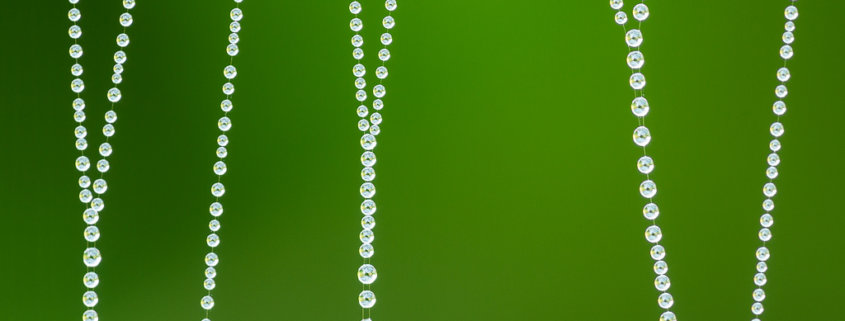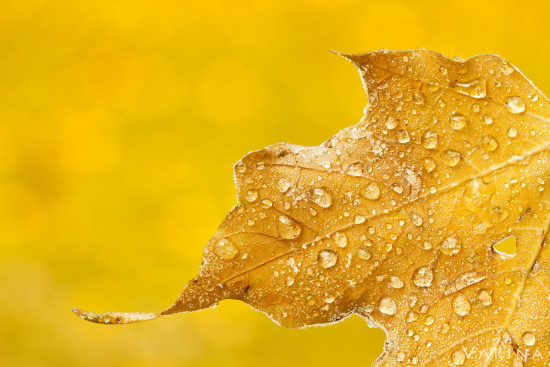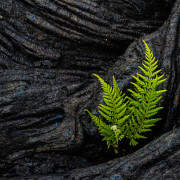7 Indispensable Macro Photography Composition Tips
Learning how to compose macro photographs effectively is one of the best ways to elevate your close-up images from snapshots to works of art. Great macro photography composition isn’t just about technical skill — it’s about how you organize visual elements to tell a story, highlight detail, and create emotional impact. In this guide, we’ll explore seven essential composition techniques for macro photographers, including how to use repetition, color, depth of field, and focus creatively to produce stunning images that captivate your viewers.
Why Composition Matters in Macro Photography
Macro photography allows photographers to slow down, look closer, and reveal an entirely new world hidden in plain sight. At high magnification, a subject as small as a raindrop or the texture of a petal becomes a fascinating landscape of its own.
But capturing that beauty requires more than a sharp lens or perfect lighting — it depends on how you compose your image. Composition is what guides the viewer’s eye, sets the mood, and defines the story your image tells. Because macro photography magnifies even the smallest details, composition mistakes become more noticeable, while creative choices can make a huge visual impact.
Whether you’re photographing insects, flowers, textures, or abstract forms, these macro photography composition tips will help you bring out the artistry in your close-up images.
#1: Look for Repetition in Patterns and Designs
One of the simplest and most effective ways to create visually compelling macro images is to look for repetition in shapes and designs. Nature is filled with repeating patterns — the symmetry of a fern, the spiral of a seashell, or the geometric order of a honeycomb. These naturally occurring patterns immediately draw the viewer’s eye and provide a sense of rhythm and harmony.
When photographing repetition in macro photography:
- Fill the frame with the pattern. This makes the image feel immersive and emphasizes structure.
- Vary your angle to enhance symmetry or introduce a sense of motion.
- Play with lighting to create shadows that emphasize depth and form.
These repeating elements not only make for strong compositions but also give your photos a graphic, almost abstract feel — perfect for creating visually engaging macro art.
These repeating elements not only make for strong compositions but also give your photos a graphic, almost abstract feel — perfect for creating visually engaging macro art.
#2: Group Elements Together
Macro photography often isolates a single subject, but grouping elements can create balance and tell a more dynamic story. Grouping elements together gives your composition a sense of structure and interaction — for instance, a trio of dewdrops reflecting light on a leaf or a cluster of mushrooms growing together on a log.
When grouping subjects:
- Use odd numbers. Odd-numbered groupings (three or five elements) tend to feel more natural and visually pleasing than even numbers.
- Control spacing carefully. Too much space can make your subjects feel disconnected; too little can feel cluttered.
- Use leading lines or curves — like a stem or vein — to visually connect grouped subjects.
In macro photography, the relationships between small objects can convey intimacy and harmony, turning a simple close-up into a well-balanced, story-driven image.
#3: Search for Rich Color and Contrast
Color is one of the most powerful compositional tools in macro photography. Because you’re working at such close distances, even subtle color variations can have a strong visual impact. Rich color and contrast help separate your subject from the background, guide the viewer’s attention, and evoke emotion.
To make the most of color in your macro compositions:
- Use complementary colors (like blue and orange or purple and yellow) to create visual energy and depth.
- Look for tonal contrast. For example, a bright subject on a dark background (or vice versa) can make your subject pop.
- Control your light source. Adjusting light direction and intensity can enhance saturation or reveal texture.
If you’re shooting in overcast light — which is common for macro photography — consider using a reflector or diffuser to add dimension without harsh shadows.
Color doesn’t always mean bright — muted or monochromatic tones can also create a calm, minimalist effect. Experiment with color contrast in macro photography to express different moods and highlight your subject’s most interesting features.
#4: Experiment With Depth of Field
Depth of field plays a critical role in macro photography composition. It determines how much of your image appears sharp, and controlling it can completely transform your photo’s visual style.
To experiment with depth of field in macro photography:
- Use a wide aperture (f/2.8 – f/4) for a dreamy, artistic look that isolates your subject against a soft, blurred background.
- Use a narrow aperture (f/11 – f/16) when you want more detail throughout the subject, like in focus-stacked macro images.
- Try shooting the same subject at multiple apertures to compare results — you’ll learn how small adjustments affect the mood of your photos.
Remember, there’s no single “correct” depth of field in macro photography. A razor-thin focus can create mystery and abstraction, while greater sharpness can reveal intricate detail. Both approaches have artistic value — it depends on your vision and intent.
#5: Make the Most of Your Plane of Focus
In macro photography, not your entire subject has to be in focus — and sometimes, it’s better if it isn’t. The shallow depth of field at close distances can be used creatively to guide attention and add softness to your image.
Your plane of focus — the exact area where the image is sharp — becomes a powerful compositional tool. For example:
- Focus on a butterfly’s eyes while allowing its wings to blur softly into the background.
- Highlight a single water droplet and let surrounding ones fade gently out of focus.
- Use selective focus to emphasize texture, shape, or line.

Macro photography composition selected to keep focus plane parallel to Calla Lily, California by Varina Patel
This creative control helps you achieve a more artistic and emotive look. Instead of fighting the shallow depth of field, embrace it. Use it to simplify your image and enhance the visual mood.
Pro Tip: When working with such fine tolerances, use manual focus and a tripod for precision, especially when shooting still subjects like flowers or inanimate textures.
#6: Use a Uniform Macro Photography Background
One of the biggest challenges in macro photography composition is managing your background. Because depth of field is so shallow at high magnification, even a small distraction can pull attention away from your main subject.
A uniform macro photography background helps your subject stand out and keeps your image clean and intentional. Here’s how to achieve it:
- Use natural blur. Shoot with a wide aperture (like f/2.8 or f/4) to create a soft, creamy background that isolates your subject.
- Adjust your shooting angle. A simple change in perspective can remove clutter or unwanted highlights.
- Bring your own background. Many macro photographers carry small sheets of colored paper, fabric, or printed textures to use as clean, consistent backdrops.
- Watch the light. A background that’s too bright can compete with your subject; subtle tones often work best.
A simple, uniform background doesn’t mean boring — it means intentional. It ensures that your viewer’s eye stays exactly where you want it: on your subject.
#7: Get Close – Very Close – to Your Subject
It may seem obvious, but one of the defining characteristics of macro photography is proximity. To capture incredible detail, you need to get close — very close — to your subject. The closer you get, the more the ordinary becomes extraordinary.
However, working at such distances presents challenges:
- Depth of field shrinks dramatically. You’ll need to manage focus carefully.
- Lighting becomes tricky. Your lens or body can cast shadows, so consider using a ring light, macro flash, or reflector.
- Composition changes quickly. Even a small movement alters your framing, so take your time refining the shot.
When you’re close enough to see texture, structure, and minute variations of color, that’s when macro composition becomes truly rewarding. You begin to notice hidden patterns — the symmetry of a sea anemone’s tentacles, the crystalline salt crystals, the fine hairs on a leaf.
This level of intimacy connects the viewer to the tiny world that usually goes unnoticed, making macro photography both a technical challenge and a form of meditation.
The Art of Seeing Differently
Macro photography composition teaches photographers to see differently — to notice not only subjects but also structure, color, and flow within the frame. Each of these techniques — from grouping elements and using repetition to mastering focus and depth — helps you develop a more intentional eye for visual storytelling.
Whether you prefer natural subjects like insects and flowers or abstract textures and patterns, applying these composition strategies will help your images feel balanced, expressive, and alive.
Conclusion: Slow Down and Compose with Purpose
In the world of macro photography, composition is everything. It transforms a close-up shot into a visual narrative, guiding the viewer’s eye and evoking emotion. By looking for repetition, grouping elements, embracing color and contrast, simplifying backgrounds, and experimenting with focus and depth, you’ll gain greater creative control over your images.
Remember: macro photography isn’t just about magnifying small subjects — it’s about discovering beauty in the overlooked. The more intentionally you compose your shots, the more meaning your photos will convey.
So slow down, get close, and compose with purpose. The smallest details often hold the most powerful stories.

















